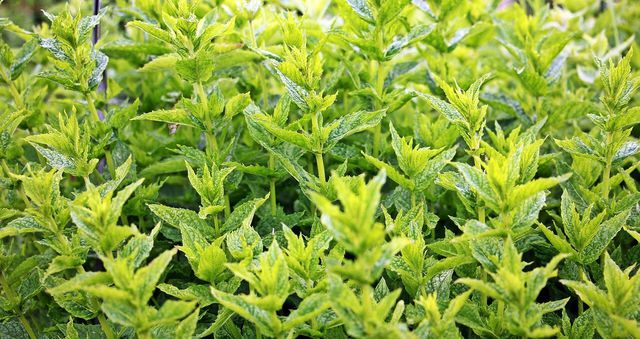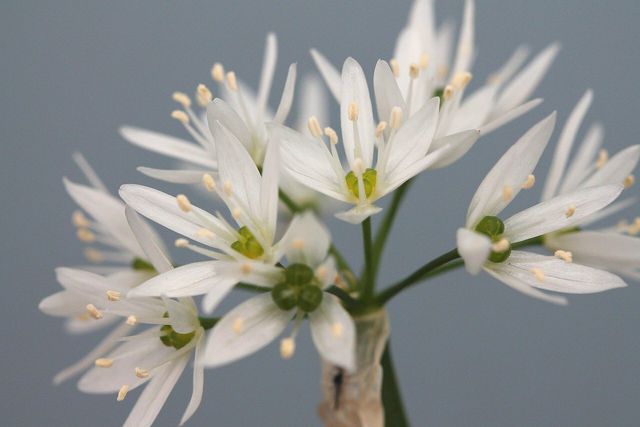Certain herbs also grow in the shade and can enrich your own kitchen and medicine chest. We introduce you to some strains that thrive even without sunlight.
Not every spot in the garden or on the balcony is flooded by the sun. There are also corners where hardly any sun gets in. But that doesn’t mean they have to go unused. There are many herbs that also grow in the shade.
Herbs for the shade

Some kitchen and wild herbs grow best in a shady spot in the garden or on the balcony. A shady location includes any area where the sun shines for less than four hours a day. This is usually the case under trees or on walls and buildings. The following herbs also grow in the shade:
wild garlic
watercress
curry herb
tarragon
Nasturtium
cardamom
chervil
lovage
mint
Parsely
peppermint
wood sorrel
woodruff
lemon balm
Good to know: Mediterranean herbs need a lot of light and sun and are not suitable for shady places. However, there are some varieties, such as basil or oregano, that will also grow in partially shaded locations, but will have fewer leaves there and may be more susceptible to disease.
Herbs for semi-shady places
In areas that don’t get as much sun, but aren’t completely shaded, you can plant a variety of herbs. This includes:
dill
Sweet Violet
garden cress
coriander
Caraway seeds
meadowsweet
lemon balm
chives
cut celery
wasabi
Hardy herbs for the shade
Would you like to plant herbs in shady places that are also hardy? Then you will find below a small selection of suitable herbs that defy wind and weather:
Wild garlic is best found in shady places such as forests or damp roadsides.
The perennial borage bears its name for good reason: in winter, the herb, which thrives in shady places, can withstand temperatures as low as minus ten degrees Celsius. However, if the temperatures drop further, you will need to cover the herb with brushwood.
Another wintergreen shade herb is the watercress. It prefers a very damp location, preferably right next to a body of water.
Cultivate and care for the herb garden in the shade

In general, shade-loving herbs make higher demands on the soil than herbs that thrive in the sun. This is because plants that grow in the shade need more moisture and nutrients.
Partial shade herbs like moderately moist to moist soil, which is best not allowed to dry out.
Shady herbs need moist or humus-rich soil where waterlogging does not accumulate.
As far as the permeability of the soil is concerned, herbs in semi-shady to shady locations need a permeable soil layer with a good supply of humus.
Since your herbs have a greater need for nutrients, you should regularly care for them with organic fertilizers or slow-release fertilizers. You can find out here how you can make it yourself from environmentally friendly ingredients: Fertilizer for plants: Make it yourself, naturally
You should also treat your shade plants to a shovel full of compost as fertilizer about twice a year.
